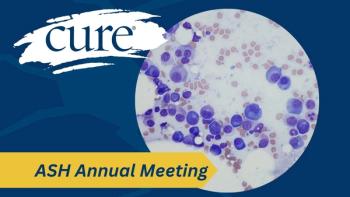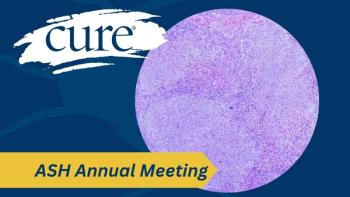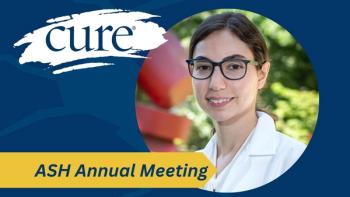
Leukemia Research Foundation Accelerates Research, Hope in Blood Cancers
While the treatment of leukemia has greatly advanced since 1946, so has the organization. In the past seven decades, LRF has raised more than $75 million for its mission of conquering not only leukemia, but all blood cancers.
Getting a blood cancer diagnosis can be a devastating event in one’s life and induce a large amount of anxiety. Folks at the Leukemia Research Foundation (LRF) know that, and continually fund research in hopes that one day, there will be a cure. In the meantime, the organization is also dedicated to easing patients’ anxiety by providing them with resources and education.
“The newly diagnosed [patient] experiences a wide range of emotions that can include guilt, fear, anxiety, loneliness, grief, withdrawal and disengagement. After some time, the patient will also learn that medical advances have increased survival rates for leukemia. And hope starts mixing with fear,” Kevin Radelet, executive director of the LRF, said in an interview with CURE.
The LRF started in 1946 after a local 12-year-old boy from Chicago died of the disease. The boy’s aunt, Esther Reckles, started to raise money in pursuit of a cure, because at that time, there was little hope for patients diagnosed with leukemia.
And while the treatment of leukemia has greatly advanced since 1946, so has the organization. In the past seven decades, LRF has raised more than $75 million for its mission of conquering not only leukemia, but all blood cancers.
“Our strategy to achieve these vitally important objectives is to fund worldwide medical research into the causes and cures of all blood cancers, provide patient financial assistance and offer educational and emotional support programs,” Radelet said.
Funding Research
The LRF has a medical advisory board made up of expert researchers and physicians in the field. This team offers recommendations for $100,000 research grants, which are distributed around the world to new investigators — or those who are just starting to establish their own labs and no longer are working under a science mentor.
“Research advances depend on these investigators of the future to bring fresh ideas and technologies to research problems. They pioneer new areas of investigation,” Radelet said. “They are essential to the research field.”
Hundreds of these grants have been given out to researchers working toward a cure.
“The LRF has made noteworthy contributions to the field of blood cancer research helping to advance the momentum in identifying new treatments and progress toward the discovery of a cure,” Radelet said.
Patient Support
Obviously, researchers are not the only ones in need of some financial help. The LRF realized the financial burden that a cancer diagnosis can cost and established the Patient Financial Assistance Program.
This is a need-based program that gives support to patients and their families who may be struggling financially, as a result of the diagnosis. The help goes toward expenses that are not covered by insurance, including doctor visits, co-pays, hospital care, lab work and prescription expenses.
In addition to financial assistance, the organization focuses on providing patients with the proper knowledge about their disease.
“The Internet is full of good information, but also full of information that is not truly accurate,” Radelet said.
So, the LRF conducts educational and support programs for patients, caregivers and their families. The free conferences and town hall meetings — many of which are also offered in Spanish – include topics such as “The Treatment Options for Blood Cancer” and “Road to a Cure.”
Here, dialogue can be exchanged between patients and families and top professionals in the field.
Looking Ahead
Overall, things are looking up for patients with blood cancer, according to Radelet. “Progress in the fight against some blood cancers offer some of the most encouraging advancements in hematology and oncology history,” Radelet said. “The positive results, made possible in part by the LRF’s enormous contributors to research and education, can be seen in the survival rates for leukemia and lymphoma patients.”
For example, since 1960, the survival rate for children 5 years old and younger diagnosed with acute lymphocytic leukemia has jumped from 4 percent to more than 90 percent, Radelet said. “If such progress is evident in one type of leukemia, then it’s only a matter of time before all leukemias show dramatic improvements.”





